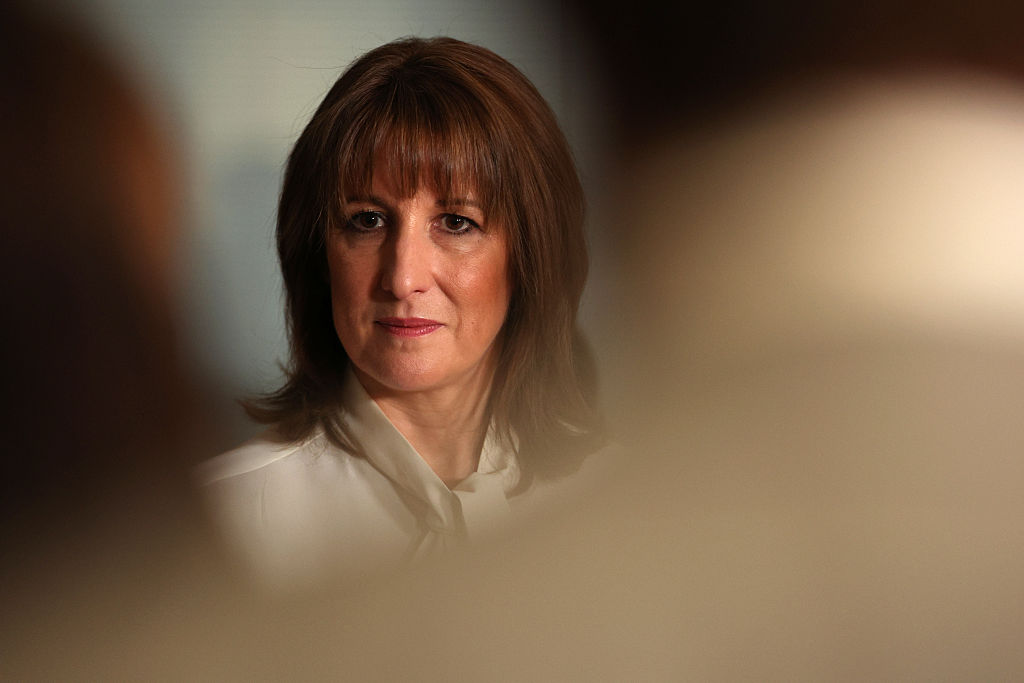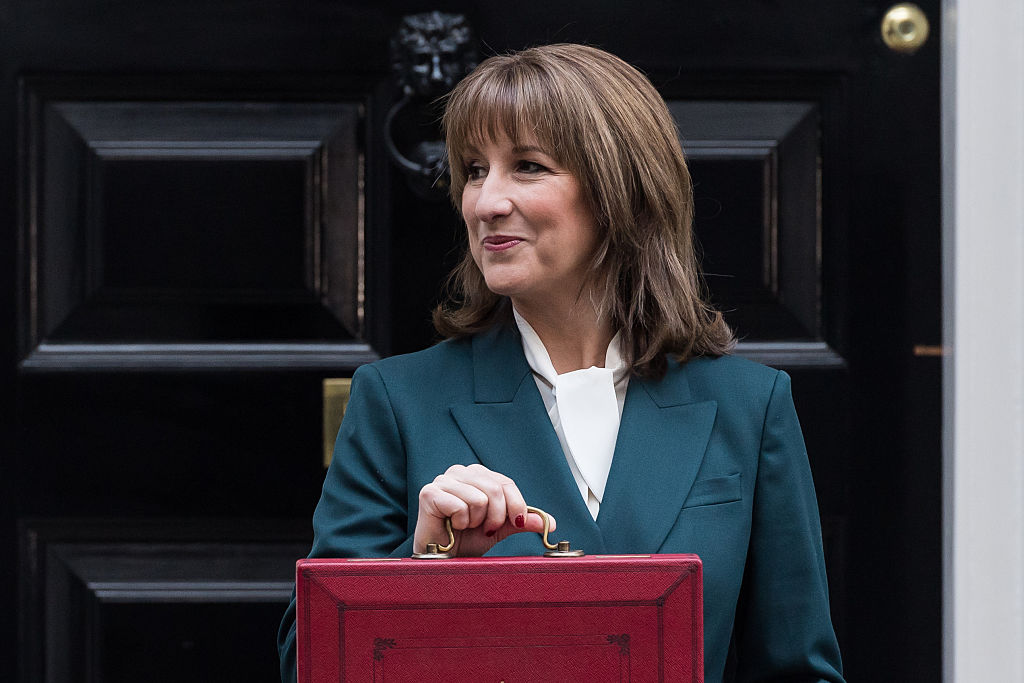Cash-poor homeowners should beware of equity-release
Struggling savers should think twice before using equity release schemes to tap their homes for money.


Equity-release specialists report a surge in demand from homeowners in their sixties forced to stop work earlier than expected or concerned about the impact of Covid-19 on their finances. More people than ever before are turning to their homes to bolster their income. For the cash-strapped, equity release has never looked more appealing. Not only have house prices hit record highs, but interest rates are also historically low. The most competitive equity-release plans now carry annual rates of less than 2.5%.
But even at these lower rates, the cost of equity-release plans builds up over time, potentially leaving borrowers with little or no property wealth to pass on to children. The younger the borrower when they take out the equity-release plan, the higher the costs are likely to be.
Plan providers usually require homeowners to be at least 55 before they will lend to them.
MoneyWeek
Subscribe to MoneyWeek today and get your first six magazine issues absolutely FREE

Sign up to Money Morning
Don't miss the latest investment and personal finances news, market analysis, plus money-saving tips with our free twice-daily newsletter
Don't miss the latest investment and personal finances news, market analysis, plus money-saving tips with our free twice-daily newsletter
In the past, however, the average borrower has typically been significantly older – often in their seventies – which makes the product more affordable.
This reflects the nature of the product. Most equity-release plans are mortgages secured against your home, but with no repayments due while you remain in the property. Instead, interest rolls up over time and is repayable, along with the capital borrowed, when you finally move out of the property, or on your death.
How the payments spiral
This structure appeals to homeowners who need to convert the capital in their homes into income. The mortgage can be drawn down over time or invested to generate an income – without having to worry about repayments. But with interest charges subject to additional interest, the total amount owed can spiral rapidly.
A 75-year-old homeowner releasing £60,000 of capital from a home worth £300,000 would owe around £77,000 by age 85, assuming an interest rate of 2.5% on the plan. Someone taking out the same plan at age 65 would owe almost £99,000 by the time they reached age 85.
However, today’s equity-release plans are more flexible. For example, drawing down cash as you need it, rather than in one lump sum, can keep costs down as you only pay interest on the money you have taken out of the scheme. You may also have the option of paying interest charges as you go along, cutting the total cost.
Still, financial advisers describe equity-release plans as a last resort for older people worried about their income. For many people, it may make more sense to downsize, freeing up cash by moving to a smaller property. It is crucial to take high-quality independent financial advice before opting for an equity-release plan.
Get the latest financial news, insights and expert analysis from our award-winning MoneyWeek team, to help you understand what really matters when it comes to your finances.

David Prosser is a regular MoneyWeek columnist, writing on small business and entrepreneurship, as well as pensions and other forms of tax-efficient savings and investments. David has been a financial journalist for almost 30 years, specialising initially in personal finance, and then in broader business coverage. He has worked for national newspaper groups including The Financial Times, The Guardian and Observer, Express Newspapers and, most recently, The Independent, where he served for more than three years as business editor.
-
 ‘Why I have ditched my Help to Buy ISA for cash savings and the stock market’
‘Why I have ditched my Help to Buy ISA for cash savings and the stock market’Without the 25% bonus, my Help to Buy ISA is effectively redundant, says MoneyWeek writer Sam Walker.
-
 Is your inheritance tax allowance cut if you sell to downsize or sell your home to pay for care?
Is your inheritance tax allowance cut if you sell to downsize or sell your home to pay for care?Downsizing relief is a little-known benefit that could save your loved ones tens of thousands of pounds in inheritance tax after you’ve died.
-
 Modern Monetary Theory and the return of magical thinking
Modern Monetary Theory and the return of magical thinkingThe Modern Monetary Theory is back in fashion again. How worried should we be?
-
 The coming collapse in the jobs market
The coming collapse in the jobs marketOpinion Once the Employment Bill becomes law, expect a full-scale collapse in hiring, says Matthew Lynn
-
 How pet insurance can help cut the costs of vet bills
How pet insurance can help cut the costs of vet billsYou can temper the expense of vet bills with pet insurance. There are four main types to consider
-
 Rachel Reeves's punishing rise in business rates will crush the British economy
Rachel Reeves's punishing rise in business rates will crush the British economyOpinion By piling more and more stealth taxes onto businesses, the government is repeating exactly the same mistake of its first Budget, says Matthew Lynn
-
 The consequences of the Autumn Budget – and what it means for the UK economy
The consequences of the Autumn Budget – and what it means for the UK economyOpinion A directionless and floundering government has ducked the hard choices at the Autumn Budget, says Simon Wilson
-
 Big Short investor Michael Burry closes hedge fund Scion Capital
Big Short investor Michael Burry closes hedge fund Scion CapitalProfile Michael Burry rightly bet against the US mortgage market before the 2008 crisis. Now he is worried about the AI boom
-
 Why the Waspi women are wrong
Why the Waspi women are wrongOpinion Compensation for the Waspi women would mean using an unaffordable sledgehammer to crack a nut, says David Prosser
-
 Why UK stocks are set to boom
Why UK stocks are set to boomOpinion Despite Labour, there is scope for UK stocks to make more gains in the years ahead, says Max King